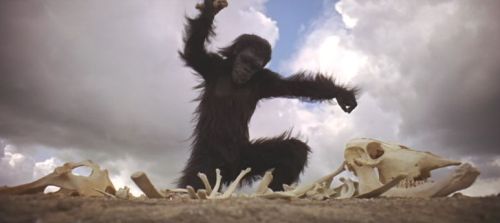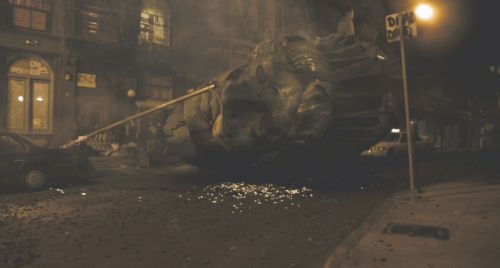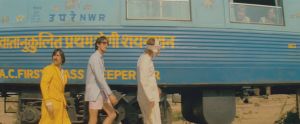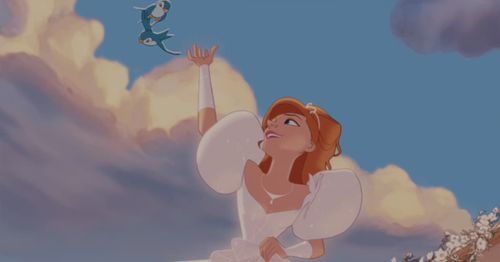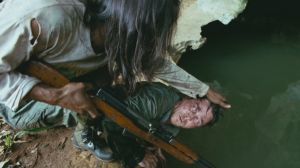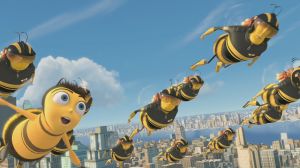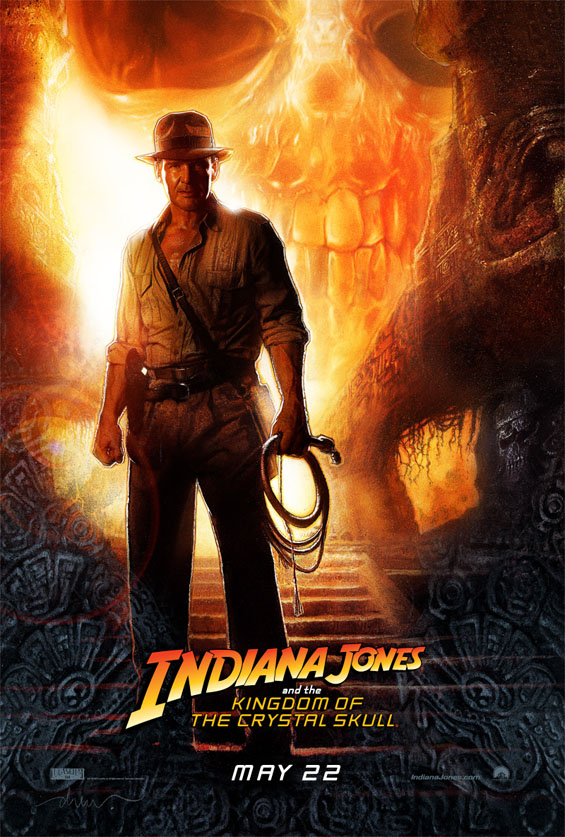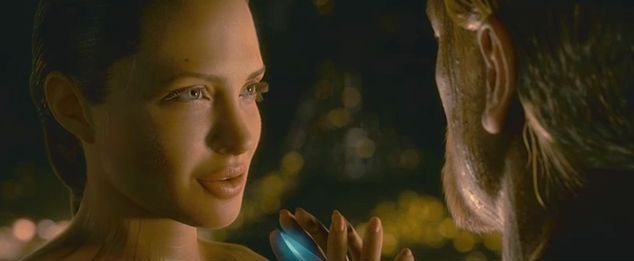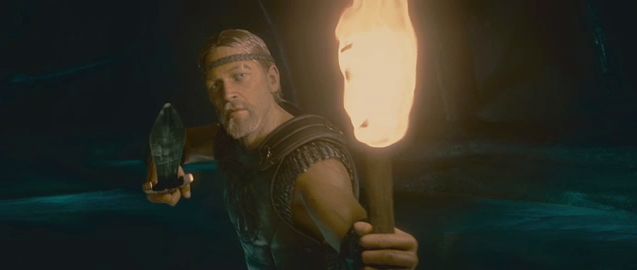2001: A Space Odyssey (Stanley Kubrick, 1968)
The popular remembrance of the reception to Stanley Kubrick’s 2001 is of a generation of hip, pot-addled college students letting the sound and light show wash over them, and then arguing long into the night about the film’s meaning. In 1969 the veteran science fiction writer Harlan Ellison sarcastically complained about acquaintances boring him at 3am with lengthy treatises on the film’s commentary on “the philosophy of the Vedantist movement, and the incredibly brilliant tour de force of Nietzsche-esque subplotting Kubrick pulled off.” Critics’ reviews at the time alternated between those hailing a masterpiece and those deriding the film as a pretentious con.
As much as it would have been fun to have been part of that initial wave of appreciation, looking back it’s hard to see what was so puzzling about 2001. While the film has never quite shaken its reputation for inscrutability, watching it today there’s nothing so mysterious about it. Not only have there been many more genuinely obtuse science fiction films since (starting with Andrei Tarkovsky’s Solaris in 1972), but the basic themes and devices of Kubrick’s film have been so absorbed into the genre that they now seem like familiar standards. Yet 2001 hasn’t been reduced by this process: if anything, that increasing comfort with its message and approach has defused the criticism of those who would dismiss it as a pretentious think-piece. And when we no longer characterise it as a giant-budget art film, it’s easier to appreciate its grandeur on its own terms and also to discern its lasting impact on a wider front.
